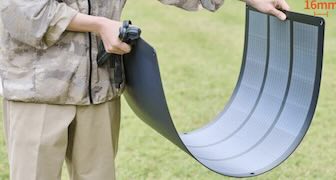TOKYO, Oct 05 (Nikkei) - Japanese space agency JAXA will collaborate with nine domestic companies to develop daily necessities such as dental products for use by astronauts and cosmic tourists.
Koichi Wakata, an astronaut with the Japan Aerospace Exploration Agency, blasts off on a mission to the International Space Station as soon as Thursday. He will test a range of goods while in space, including body wipes, socks and clothes.
During Wakata's roughly six-month stay in orbit, the products -- from Japanese companies such as Lion and Kao -- will be sent to the ISS via successive missions.
JAXA has received nearly 100 proposals for living essentials designed for space travel since issuing the call in 2020. The agency recently narrowed the list to nine products made by nine companies.
The enormous cost of ferrying supplies to space means that water use is highly restricted. The ISS has no showers or baths. Astronauts cannot wash their hair like they would on Earth, and they clean their face with wet tissues. ...continue reading















